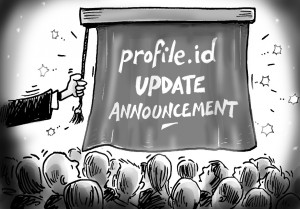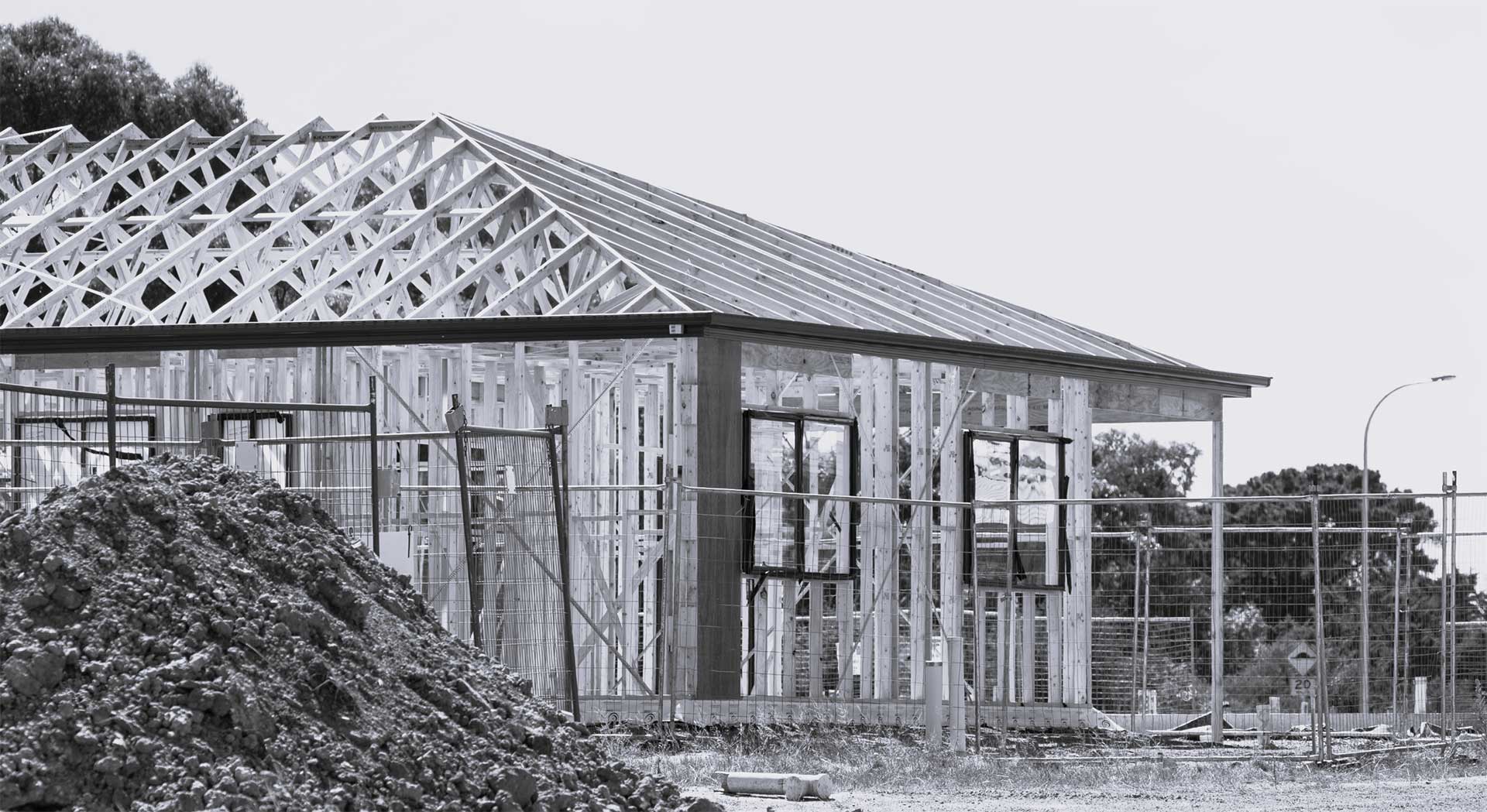Today profile.id was re-released with the 2011 Census data analysed and presented in tables and charts, ready for you to incorporate into your planning and reports. Not only will you find the 2011 Census data, but an entirely new website complete with new topics, enhancements of existing topics, an improved user interface and modern design.

profile.id is used by 230 local governments and their communities across Australia and New Zealand. From professional planners and demographers to students, community groups and local businesses – these sites are used every day to support good decision making. You can access all 230 of the updated sites from .id’s demographic resource centre.
What’s new?
2011 Census data
Obviously this is the most important addition! Critically for decision makers, this data is not presented in isolation but as part of a time series back to 1991 so you can see where your area sits in a cycle of change and plan for its future.
New website
The profile.id website has been completely redesigned with a modern interface and fresh design. This ensures the site you are linking to your council’s website looks even more enticing and professional. It’s also easier to find the information you are looking for.
New topics
- Ancestry – so you can see the cultural origin of the population and quantify cultural groups.
- Number of bedrooms in dwellings – so you can measure the changing size of dwellings over time.
- Equivalised household income – you can now measure equivalent purchasing power regardless of household size.
Enhancements of existing topics
- More detailed household type information, breaking down families and lone person households by age/life stage (e.g. empty nesters) to better indicate where a suburb is in a cycle of change.
- Age structure now includes breakdowns by service age groups, five year age groups and single year of age by gender to enable planning for specific age categories.
- More detailed country of birth, language and religion categories available to help identify emerging cultural groups.
- Time series (2006-2011) for topics that previously wasn’t available – Volunteering, Unpaid Care, Need for Assistance, and the “Need for Assistance” topic is now broken down by age.
- Dwelling structure now includes unoccupied dwellings.
- Extra benchmarks – all sites now have benchmarks to the region, State and Australia as a standard.
Encouraging story telling
- New home page with key figures, map and news feed for quick reference.
- New population highlights page so you can quickly see how your area compares to the region, State and Australia on key indicators.
- For each topic an important finding is displayed at the top of the page.
- Dominant groups and emerging groups are clearly identified for each topic.
- On each page we suggest which other topics to explore to build the demographic story.
- Detailed data notes on each topic keep you fully informed about the usage and issues associated with the data.
Improved user interface
- The site now has a completely redesigned, modern user interface, which still retains the familiar profile.id structure.
- Tables now include colouring, designed to clearly identify Census years and change over time.
- A new docking toolbar enabling users to change areas, benchmarks, years and data types from any point on the page.
- Most tables incorporate a sort function to quickly sort the list for any Census year, for the area of interest, benchmark or change over time.
- A new search function enables you to quickly find relevant pages on the site.
- A new footer enables you to view the entire site and access any part of it from every page.
More interactivity
- A new export function on every table and chart enables everything in profile.id to be exported to Excel, Word or an image file with full formatting and source information (no more need for copy & paste!)
- Direct links to other .id resources your council subscribes to now appear at the top of the page and in the menu for quick access to the full demographic story.
- Direct access to .id’s demographic blog, newsletter and resource centre is now available from within profile.id.
- Behind the scenes a whole program of Search Engine Optimisation (SEO) is underway to ensure that your community profile will be found by any relevant Google search.
If that’s a lot to take in, don’t worry!
If you are one of our clients, these new features will be covered in our on-site training (please contact us to schedule this if it hasn’t been scheduled already for your Council). Otherwise, you can access an online training video here that shows you all the new features. This is the first of a series of training videos we will be rolling out in the weeks to come.
Access more information about the Australian Census 2011.
Access the new profile.id sites and other population statistics for Australia, States, Capital Cities, Local Government Areas and suburbs at .id’s demographic resource centre.












